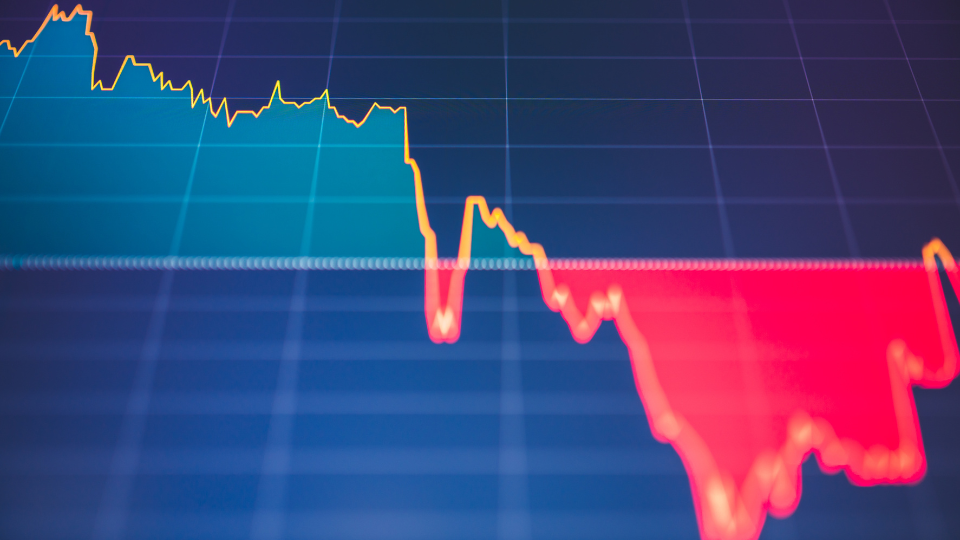Market risk is the risk that the value of an investment made will decline due to changes in the overall market conditions. In the case of the capital markets, this risk is primarily associated with investments in stocks and the value of the stocks can be influenced by a wide range of factors such as economic conditions, political stability, interest rate changes, and other such events which can impact the activities in the overall market.
Let us take an example. During a recession, the value of the stock declined as the companies experience lower sales and profits. In the same manner, a political crisis in a country that is a major trading partner can lead to a decline in the value of the shares across various industries. Likewise, the changes in the interest rate can also impact the value of the shares as a higher interest rate can reduce the consumer and business spending which leads to lower sales and profits for the companies. Investors in such a situation can manage the market risk by using the below strategies:
- Diversification: Instead of focusing on one type of security and one sector, the investor can invest in a range of different sectors, asset classes, and geographies which can help him to reduce the impact of the market risk on the investment portfolio. This spreads the risk across a range of assets which allows the investor to mitigate the losses in one area with the profits from other areas in the market.
- Asset Allocation: One of the most fundamental ways to manage any type of risk is to manage the risk by choosing an appropriate mix of various assets in the portfolio. The portfolio can include stocks, bonds, and other assets. By adopting this strategy, the investor can balance the risk and return as different assets perform differently in different market conditions.
- Stop Loss orders: Under this strategy, the investor has set a price of an investment at which the investment will be sold if the price falls below a certain level. Stop loss orders enable the investor to limit the potential loss by automatically selling an investment in case the market moves against them.
- Active Management: By regularly monitoring the market, the investor can manage the market risk by making strategic decisions according to the changing market conditions. This will allow the investor to potentially identify the risks and opportunities in the market and adjust their investment strategy accordingly.
- Hedging: Under this, the investor takes positions in other assets that are likely to move in the opposite direction of the market. For example, an investor may choose to invest in gold or other precious metals as a way to hedge against potential market downturns.
- Systematic Investment Plan: This strategy is also referred to as dollar-cost averaging. Here, a fixed amount of money is invested at regular intervals regardless of the market conditions. By doing so the investors can benefit from the volatility of the market and potentially reduce their overall risk exposure over a while.

Market risk is something that is an inherent part of investing in the capital markets, but it can be managed through various strategies. By understanding the impact of the market conditions on investments and by taking steps to manage the market risk, the investors can make informed investment decisions and achieve their financial goals.


[…] Market Risk […]
[…] Market Risk […]